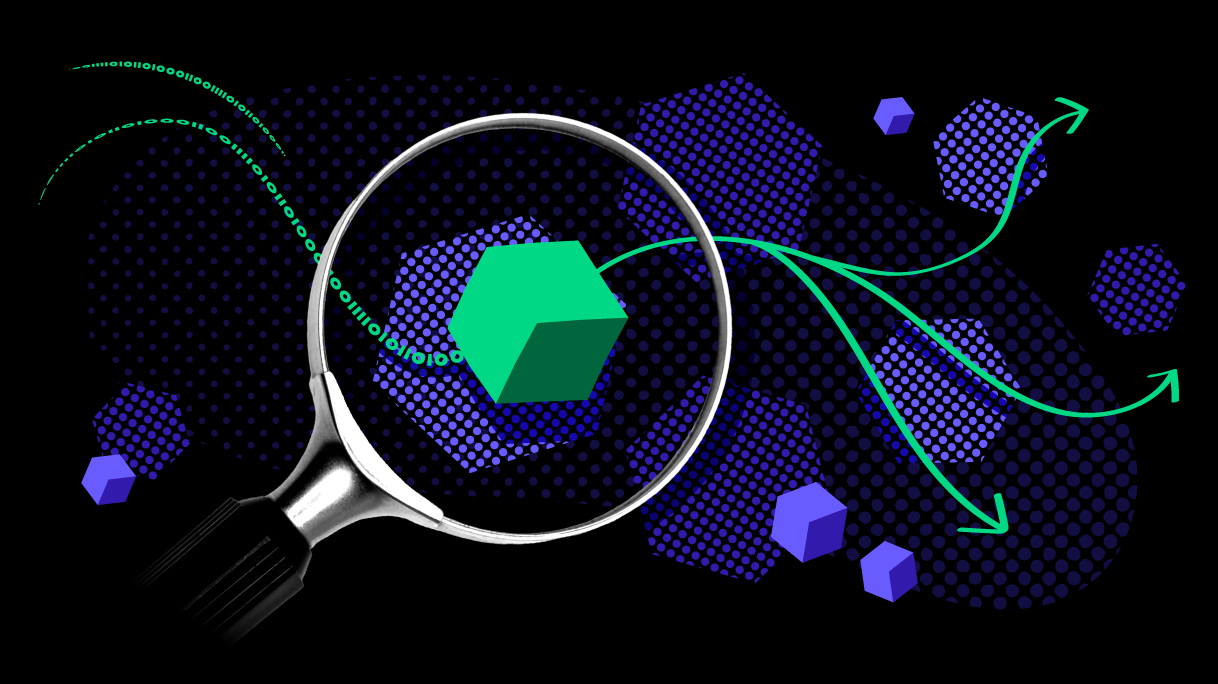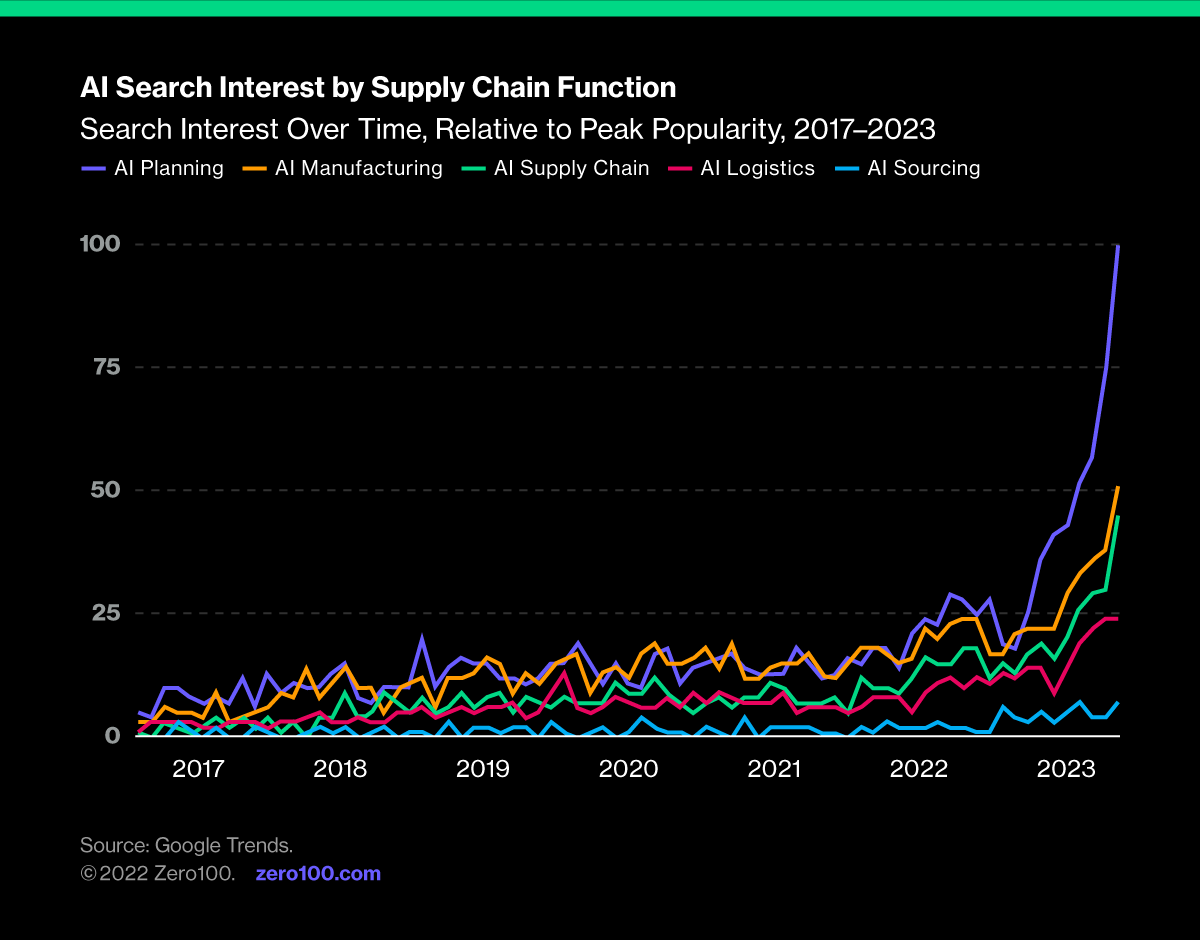
0-100 Sourcing: AI Can Amplify CPO-led Human Intelligence
Supply management is not just about cost. The idea of “0-100 Sourcing” starts with tackling the huge volume of relevant data associated with purchased material which has exploded since 2020. 0-100 Sourcing could spark a CPO-led push to build product lifecycle value from concept to end-of-life.
Supply chain management is advancing faster now than at any time since the first internet boom. A lot of the buzz surrounds the impact of AI on planning, manufacturing, and logistics. Unfortunately, sourcing is mostly still missing out on the fun.

0-100 Sourcing is a system-enabled capability that maximizes the value of suppliers over the full lifecycle of a business. Chief Procurement Officers are fully aware of the collaborative nature of this approach to sourcing, and yet too many are still saddled with systems that are out of date. The result is lots of smart procurement people spending too much time on episodic work like price negotiation, contracting, and supplier audits and too little time helping everyone else in the business make better purchasing decisions.
A Mind Is a Terrible Thing to Waste
There is an old engineering truism that says 80% of lifetime costs are locked in during the product design phase, and yet most still struggle to harvest this wisdom. The problem is not that people don’t get the idea, but that sourcing professionals, whose specialty is creating value with suppliers, are often too busy with day-to-day stuff to engage the full power of their expertise when design decisions are being made. The infamous case study of Boeing’s Dreamliner delays caused by fastener shortages is a classic example of how smarter sourcing could have made a huge financial difference.
One CPO I spoke to recently put a finger on the core problem: “I don’t know that technology has really delivered the benefit it’s supposed to” – i.e., freeing up sourcing teams for more value-added work. Others we’ve worked with here at Zero100 are often still fighting for procurement system investments that will bring them up to par with what’s been done already in planning and logistics, let alone e-commerce.
The business case challenge is part of the issue, since capex budgets depend on hard dollar cost savings rather than cost avoidance of the kind Boeing’s experience should validate. Another problem could sadly be that some see procurement as little more than buying-stuff-cheap which causes a “Cobbler’s Children” syndrome where sourcing expertise is overlooked, leaving them barefoot while everyone else is looking sharp in nice new shoes.
AI to the Rescue
The idea of “0-100 Sourcing” starts with tackling the huge volume of relevant data associated with every individual part number and material spec which has exploded since 2020. First, we’ve added ESG accountability (especially Scope 3 emissions) to the consideration set for direct materials sourcing. Then, we’ve had to cope with a scale-up in risk management indicators including country-of-origin traceability as trade tensions reshuffle the global sourcing deck.
Plus, the power of social media, notably TikTok, has added brand risk to purchasing decisions that ten years ago would have been simple cost-benefit calculations. These data sets are all now relevant, but mostly unstructured and still expanding fast. Happily, this is precisely the kind of data that AI is meant to help untangle.
AI is also essential to Robotic Process Automation (RPA) and the dynamic supplier portals that leading companies like Procter & Gamble have built to help sourcing teams streamline workflows and give supplier partners better self-service tools. And AI is being used by Walmart for price negotiations with long-tail suppliers, freeing up time for more strategic engagement with key suppliers.
For enlightened CPOs trying to help the business make better purchasing choices 0-100 Sourcing is about graduating from ERP-style tabular data structures and workflow applications to the AI era. Done well, this approach could deliver breakthrough performance in accountability and collaboration – two fundamental values of great sourcing performance.
Reach for More
A few companies are already applying this philosophy, if not the full technology-enabled system, to do a lot more than just purchase materials and equipment at good prices. Schneider Electric, for instance has partnered with their top 1000 suppliers to halve operational emissions by 2025. General Mills is investing in analytics to help farmers supplying their plants to develop regenerative agriculture on 1 million acres by 2030. IKEA’s cotton supply has been 100% sustainable since 2015.
Supply management is not just about cost. 0-100 Sourcing could spark a CPO-led push to create lifecycle business value from concept to end-of-life.
AI is the key.